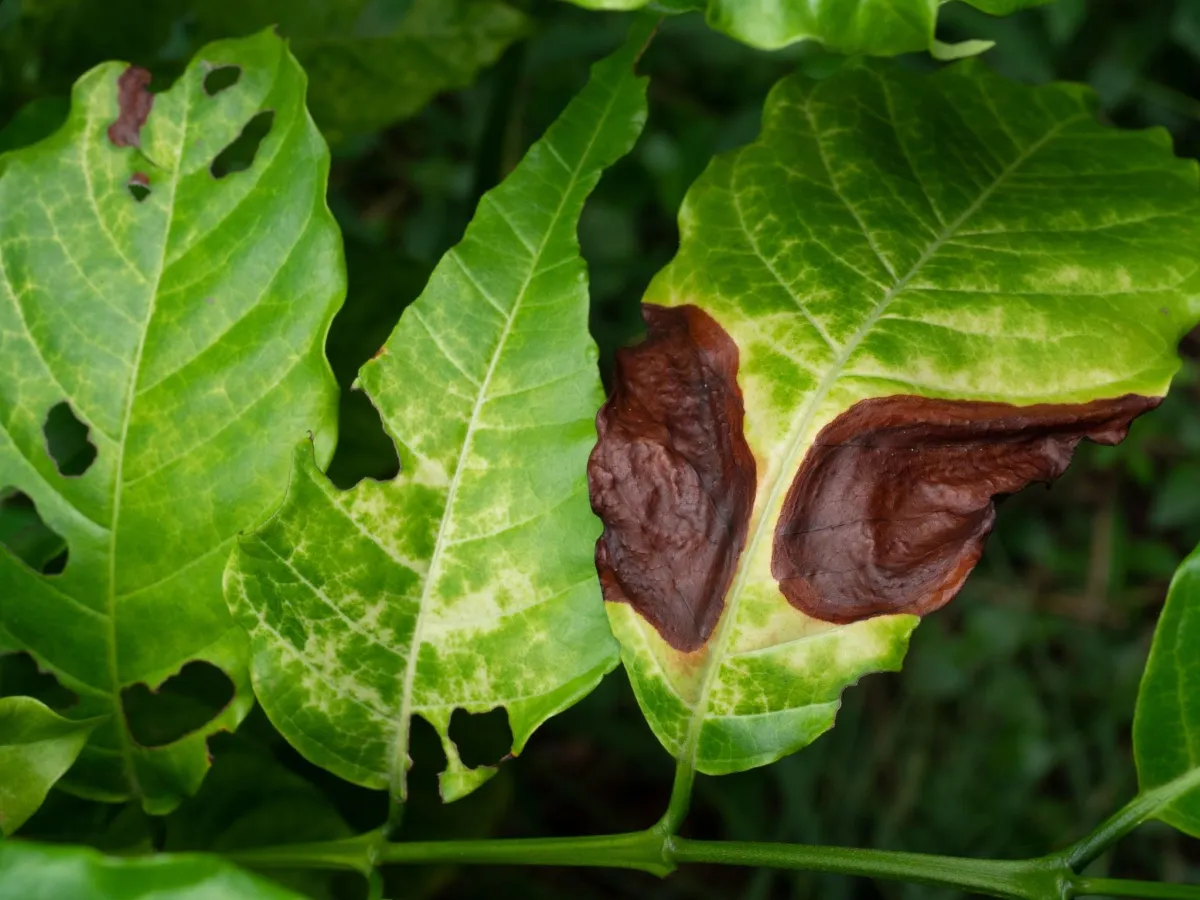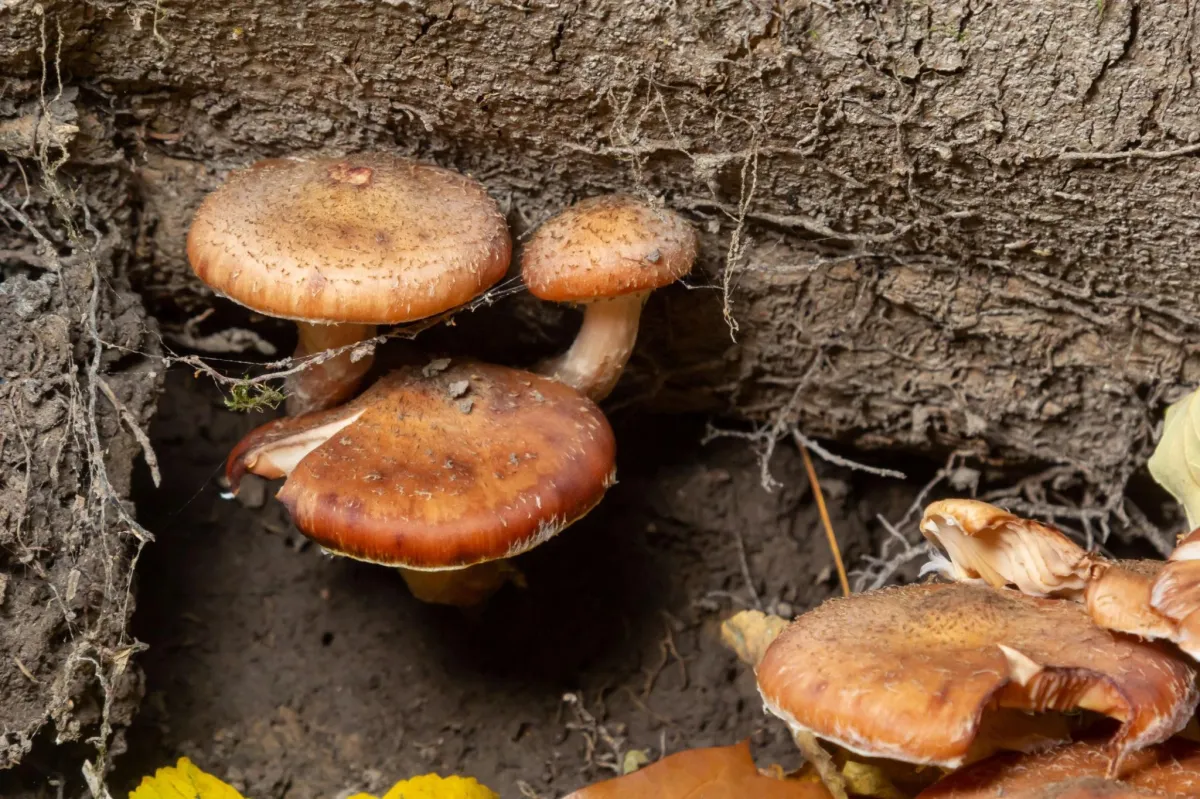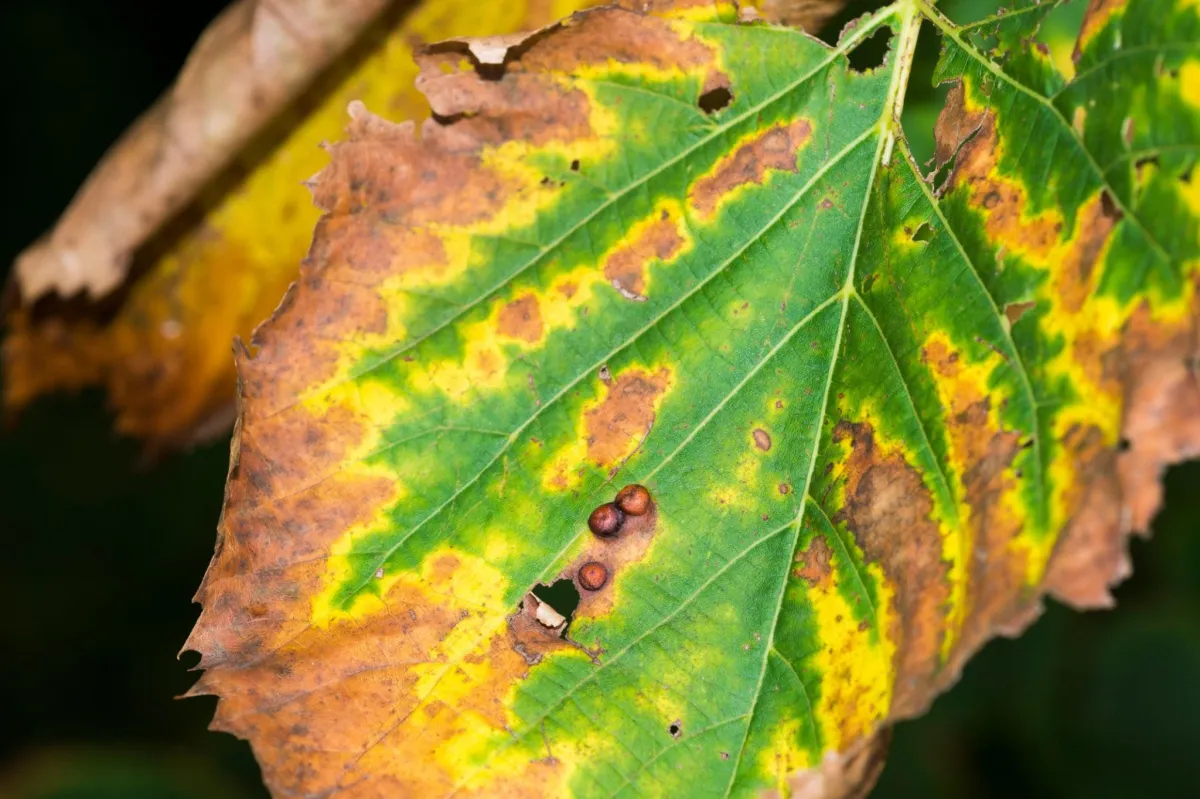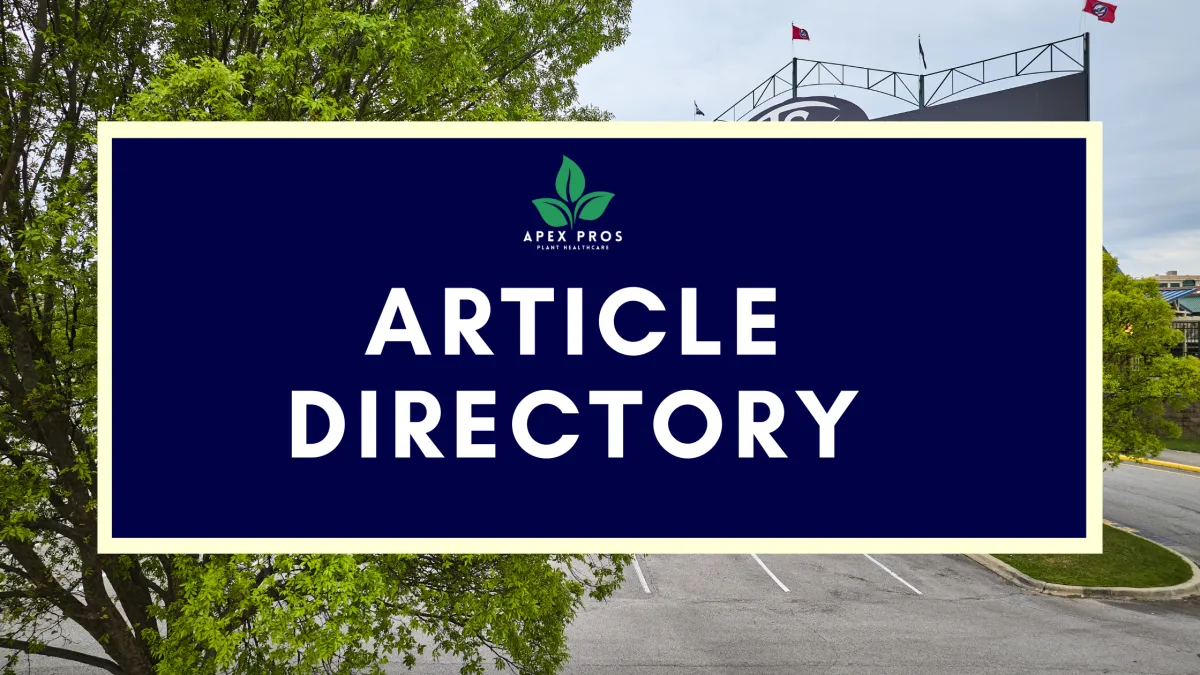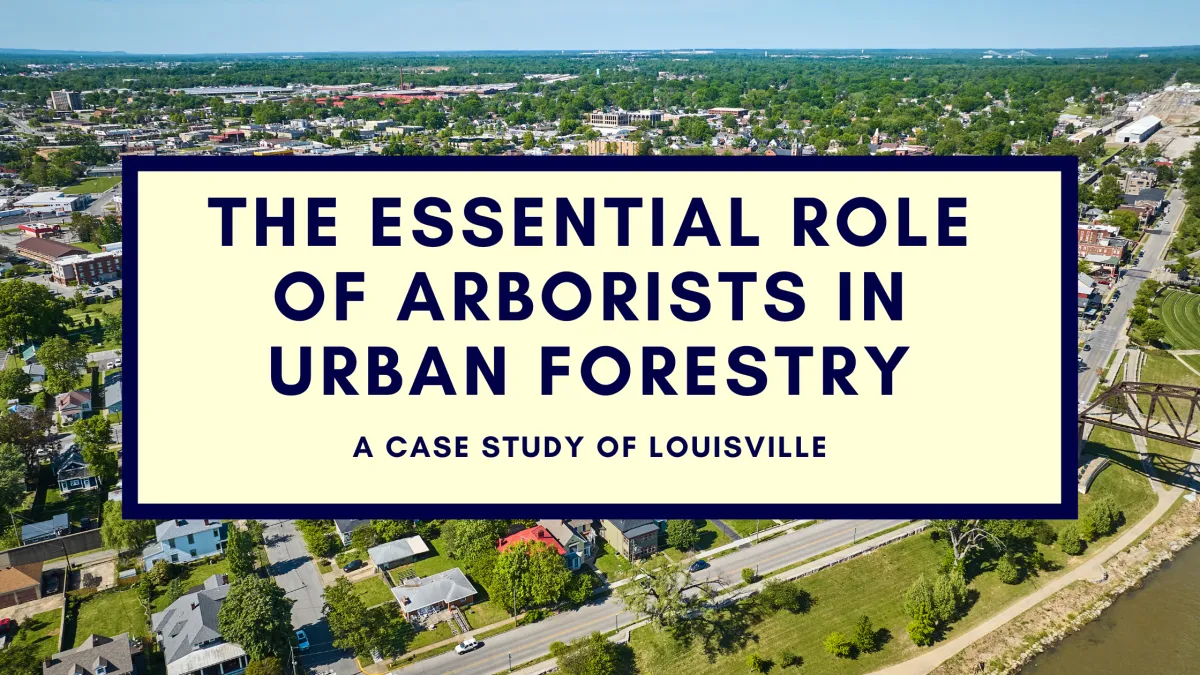
Blog > A Guide for Pest & Disease Management
Save Your Favorite Oak from Disease Before It’s Too Late
Oak trees are strong and beautiful, bringing shade and life to your yard. But just like any living thing, they can get sick. Disease can spread quickly if it’s not noticed in time, leading to major damage and even killing the tree. To keep your oak safe and healthy, it’s important to recognize the early signs of trouble and take action.
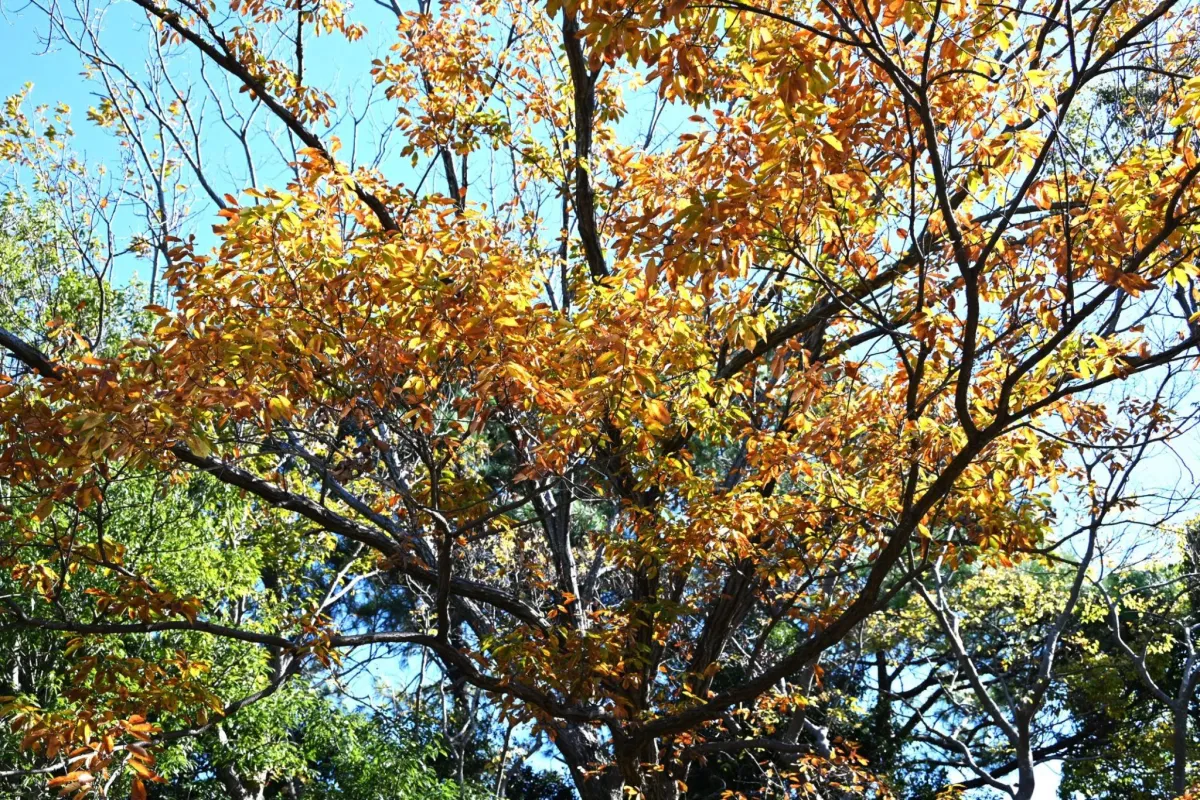
Why Healthy Oak Trees Matter
A big, healthy oak tree brings much more to your yard than just beauty. Oaks are incredibly valuable—they provide cooling shade in the summer, shelter for local wildlife, and a natural boost to property value. A mature oak in good health can add as much as $1,000 to $10,000 to a home’s market value, with larger, well-maintained oaks often worth even more.
Beyond their practical benefits, oaks hold a special place in American history and culture. Known for their strength and longevity, oak trees have come to symbolize resilience and stability. Many American cities and parks proudly display ancient oaks, honoring them as natural landmarks that have stood through decades, or even centuries. Protecting your oak is not just about keeping your yard beautiful; it’s about preserving a part of nature and heritage that’s deeply rooted in American soil.
Common Oak Tree Diseases to Watch Out For
1. Oak Wilt
Oak wilt is a serious fungal disease that spreads through the tree’s roots or through beetles that carry the fungus from tree to tree. This disease stops water from flowing through the tree, causing leaves to turn brown, wilt, and fall off. It often affects red oaks more severely than white oaks, and it can spread quickly if not stopped. Once an oak shows symptoms of wilt, the disease can progress fast, so it’s important to act quickly.
2. Powdery Mildew
This is a fungal disease that shows up as a white or gray powder on the leaves. Powdery mildew blocks sunlight from reaching the leaves, reducing the tree’s ability to grow and stay healthy. While it doesn’t kill trees quickly, it weakens them over time, making them more vulnerable to other diseases. Keeping good airflow around the tree and removing any affected leaves in fall can help reduce the chances of this disease spreading.
2. Powdery Mildew
This is a fungal disease that shows up as a white or gray powder on the leaves. Powdery mildew blocks sunlight from reaching the leaves, reducing the tree’s ability to grow and stay healthy. While it doesn’t kill trees quickly, it weakens them over time, making them more vulnerable to other diseases. Keeping good airflow around the tree and removing any affected leaves in fall can help reduce the chances of this disease spreading.
3. Anthracnose
Anthracnose is another fungal disease that causes brown spots on leaves and can lead to early leaf drop. It thrives in wet, humid conditions, and the symptoms are usually worse during rainy seasons. Leaves with anthracnose may curl and become spotted, which can reduce the tree’s overall health if it occurs over multiple seasons. Raking and removing fallen leaves each year can help control anthracnose and prevent it from spreading.
4. Armillaria Root Rot
Armillaria, also known as “oak root fungus,” attacks the roots, causing the tree to lose leaves and its branches to weaken. The fungus lives in the soil and can survive for years, affecting any new tree that grows in the same spot. Symptoms of root rot include sudden wilting, branch dieback, and mushrooms growing at the base of the tree. Armillaria is especially dangerous because it attacks the roots directly, so trees with root rot are often structurally unstable.
4. Armillaria Root Rot
Armillaria, also known as “oak root fungus,” attacks the roots, causing the tree to lose leaves and its branches to weaken. The fungus lives in the soil and can survive for years, affecting any new tree that grows in the same spot. Symptoms of root rot include sudden wilting, branch dieback, and mushrooms growing at the base of the tree. Armillaria is especially dangerous because it attacks the roots directly, so trees with root rot are often structurally unstable.
5. Bacterial Leaf Scorch
This disease causes leaves to turn yellow or brown around the edges, eventually drying out and falling off. Bacterial leaf scorch spreads through insects like leafhoppers and spittlebugs. Over time, this disease can cause a tree to lose too many leaves, weakening it and making it vulnerable to other diseases. Bacterial leaf scorch tends to spread through insects, so insect management is key to preventing it from spreading.
How to Spot Early Signs of Disease
Early signs of disease can be subtle, but catching them early can make a big difference in saving your oak tree. Here’s what to look for and why these signs matter:
Unusual Leaf Color: Healthy oak leaves are green and vibrant, so if they start to turn yellow or brown at unusual times, it could mean the tree is stressed or diseased. Leaves might also look dull or faded. These changes may mean the tree is not getting enough water or has a nutrient deficiency, or they could signal the start of a disease.
Wilting or Drooping Leaves: When leaves look lifeless or droopy, it can mean that the tree isn’t getting enough water, possibly due to root rot or oak wilt. It’s important to check if the leaves are wilting uniformly across the tree or if only certain branches are affected. Uniform wilting is often a sign of root disease or soil issues, while branch-specific wilting might suggest an insect or fungal problem.
Fungus Growth: Fungi can appear as white, gray, black, or even orange spots on leaves, branches, or bark. Fungal infections are a major cause of disease in oak trees and can spread quickly. If you notice spots or mold-like patches, it’s best to act fast by removing affected branches or leaves. Some fungi, like Armillaria, grow around the roots and can weaken the tree significantly.
Bark Damage: Cracks, peeling, or dark spots on the bark can be signs of infection or insect activity. Bark damage can create an opening for disease to enter the tree. If bark damage appears, it’s essential to check for signs of beetles or other pests, as they often bore into the tree and create pathways for disease.

5 Ways to Protect Your Oak from Disease
Protecting your oak tree involves consistent care and attention. Follow these tips to keep it healthy and resilient against disease.
1. Water Properly
Oak trees need deep watering, especially during dry spells, but they don’t require frequent watering. Water deeply and less often to encourage strong root growth. Deep watering helps keep the soil around the roots healthy, which can reduce the chance of root rot. Remember, too much water can cause issues as well, so make sure the soil is well-drained and not soggy.2. Prune Carefully
Regular pruning helps remove weak or dead branches, making the tree stronger and reducing areas where diseases can enter. Prune only during the dormant season (usually winter) when diseases and insects are less active. Use clean, sharp tools to make smooth cuts, as rough cuts can leave the tree more vulnerable to disease. After pruning, disinfect your tools to prevent spreading diseases from one tree to another.3. Mulch Around the Base
Mulch helps keep the soil moist, controls weeds, and prevents sudden temperature changes in the root zone. Place mulch in a ring around the base of the tree, but leave a gap around the trunk to allow air circulation and prevent rot. A good layer of mulch also reduces the need for frequent watering, helping to maintain balanced moisture for the roots.4. Fertilize Lightly
While oak trees don’t need much fertilizer, a light application in the spring can help them stay strong and better fight off disease. Avoid heavy feeding, as too much fertilizer can encourage weak growth that’s more susceptible to pests and disease. Use a balanced, slow-release fertilizer designed for trees, and apply it around the tree’s drip line.5. Check for Pests Regularly
Some pests, like beetles, can carry diseases that harm oak trees. Regular inspections are essential to catch these pests before they spread disease. Look for small holes or sawdust at the base of the tree or on the trunk, which can indicate insect activity. If you notice pests, consider using organic or non-toxic treatments to keep them under control without harming the tree or the environment.

When to Call a Tree Expert
Sometimes, even with your best efforts, you may need extra help to protect your oak tree. Here’s when you should contact a tree care professional (like us):
Signs of Serious Disease: If you see significant wilting, bark damage, or large patches of dead leaves, it’s best to contact an expert. We are trained to diagnose diseases and apply treatments that aren’t available to the general public.
Structural Concerns: If the tree has large, weak branches or appears unstable, we can help assess the risk and recommend support options like cabling or bracing.
Repeated Issues: If your oak tree experiences the same issues year after year, we can identify underlying problems and suggest more permanent solutions to improve its health.
We can help you identify and treat disease early, increasing your tree’s chance of survival.
Contact Us
Service Hours
Social Media
Looking for landscaping, lawn care, or other home services?

Contact Us
+1 502-483-0511
Prospect, Louisville, KY 40222
Service Hours
Mon- Fri: 9am - 5pm
Sat & Sun: Appt Only
Social Media

2025 | Apex Pros | Rights Reserved






